Schizandra Profile
Written by Joy
Nov 06 2020
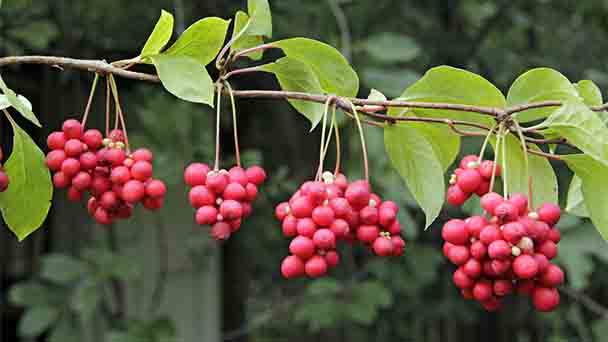
Schisandra is the dried and mature fruit of Schisandra chinensis (Turcz.) Baill. or Schisandra sphenanthera Rehd. et Wils. The former is often called northern schisandra and the latter is called southern schisandra.
Schizandra morphological characteristicsSchizandra growth habit and growing environment and distributionSchizandra efficacy and roleThe medicinal value of SchisandraThe pharmacological effects of SchisandraSchizandra cultivationHow to reproduce SchisandraHow to select Schisandra seedsSeed treatmentSowing and raising seedlings of Schisandra
In autumn, the fruits are picked when they are mature, dried or steamed and dried to remove the stalks and impurities. Schisandra is divided into south and north. Ancient medical books said it was first listed in Shennong's Materia Medica as the first top-grade Chinese medicine in Shennong's Materia Medica. It has high medicinal value and has the effect of strengthening the body. It is used in combination with Qiongzhen Ganoderma to treat insomnia.
Schizandra morphological characteristics
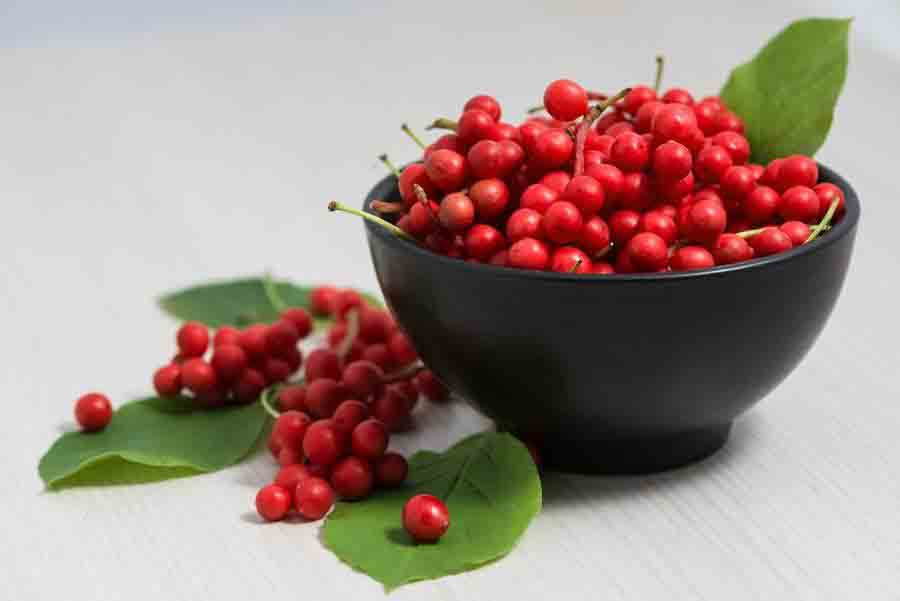
Schizandra growth habit and growing environment and distribution
Schisandra is mainly born in valleys, streams, and mountain slopes at an altitude of 1200-1700 meters.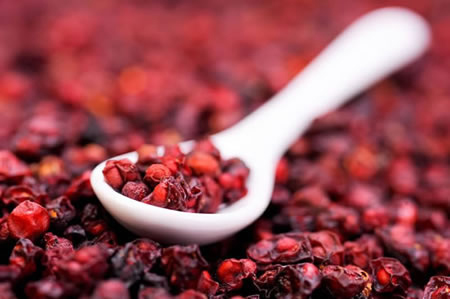
Schisandra is produced in Heilongjiang, Jilin, Liaoning, Inner Mongolia, Hebei, Shanxi, Ningxia, Gansu and Shandong. Born in valleys, streams and hillsides at an altitude of 1200-1700 meters. It is also distributed in North Korea and Japan. Type specimens were collected from northeast my country.
Schizandra efficacy and role
The medicinal value of Schisandra
Schisandra is a famous Chinese medicine, and its fruit contains Schisandra and vitamin C, resin, tannin and a small amount of sugar. It has the effects of restraining lungs and relieving cough, nourishing astringent essence, relieving diarrhea and anti-perspiration. The leaves and fruits can extract aromatic oils. Kernels contain fatty oils, which can be used as industrial raw materials and lubricants. The bark fiber is flexible and suitable for rope.The pharmacological effects of Schisandra
1. Effect on liver damage: Schisandra alcohol extract can reduce the increase of alanine aminotransferase in laboratory animals caused by carbon tetrachloride and thioethanolamine. γ-Schisandrin (Schisandrin B) has anti-liver damage effects.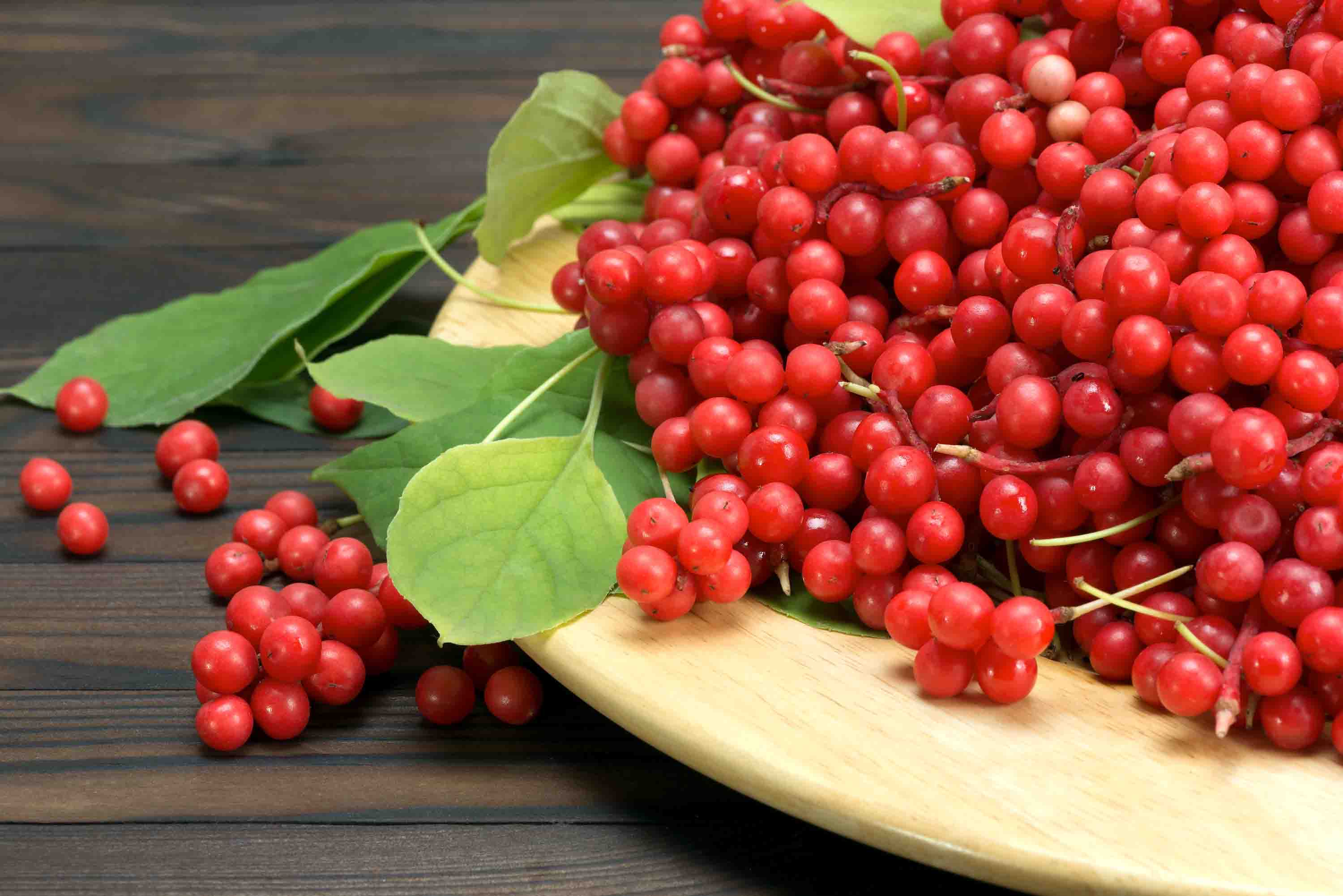
3. Effects on the cardiovascular system: Schisandra has a heart-strengthening effect. Its water infusion and dilute alcohol infusion can strengthen myocardial contractility and increase vascular tension. The decoction in vitro experiment has an inhibitory effect on the activity of ATPase of rat myocardial cell membranes; it has a hypotensive effect on anesthetized dogs.
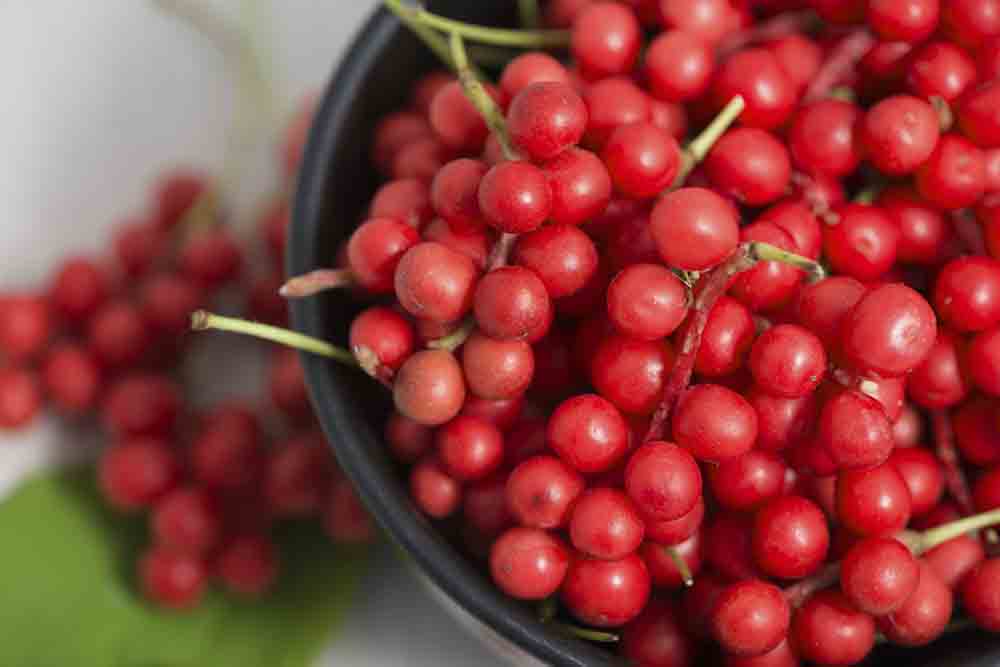
5. Antibacterial effect: The ethanol extract has an inhibitory effect on Bacillus anthracis, Staphylococcus aureus, Staphylococcus Albicans, Bacillus typhi, Vibrio cholerae, etc. in vitro.
Schizandra cultivation
How to reproduce Schisandra
In addition to seed propagation, wild Schisandra relies mainly on underground stalk propagation. In artificial cultivation, many people have conducted research on cutting, layering and seed propagation. As a result, although the cuttings can also take root and develop into plants, it is difficult to take root, and the requirements for treatment are difficult to grasp, and they are not as good as seed reproduction. The seed propagation method is simple and easy, and a large number of seedlings can be obtained in a short time.How to select Schisandra seeds
Seed selection The seeds of Schisandra are best to be selected during the autumn harvest, and the ears with large and uniform fruits are selected for seeding, and they are dried and stored separately. Do not roast or stir-fry when dry. It can be dried in the sun or in the shade and stored in a ventilated and dry place.Seed treatment
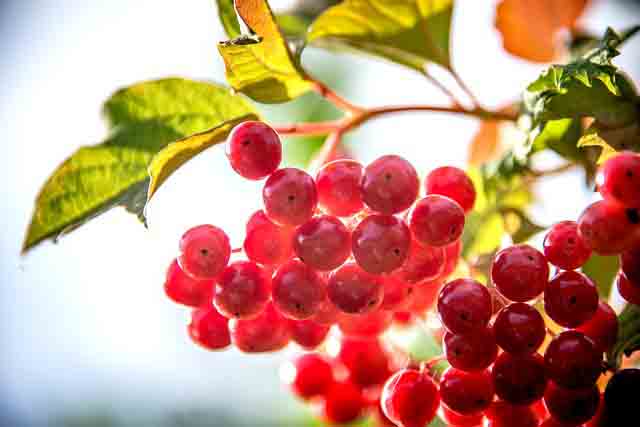
(2) Indoor treatment In late February, move the seeds of Schisandra Chinensis into the room to remove the pulp, mix with wet sand and put them in a wooden box for sand storage. The temperature can be kept between 5℃-15℃, and the seeds can be split in the next spring.
Sowing and raising seedlings of Schisandra
1. Selection of nursery fields. The nursery field can choose fertile humus or sand.
2. Sowing time and method. The seeds of the treated Schisandra are generally sown from early May to mid-June, drilled or broadcasted. The row spacing is 10 cm, and the soil is 1.5-3 cm. The sowing amount per square meter is about 30 grams. The fresh seeds of Schisandra can also be sown from early August to early September, that is, choose the same maturity, large and plump fruit, rub the pulp off, rinse with water, and sown after drying.
3. Soil management. After sowing, set up a 1-1.5-meter-high trellis, and use straw or reed curtains to shade the top. Water, when the soil is dry to keep the soil moisture at 30%-40% and wait until the Schisandra seedlings grow 2-3 pieces The shade, can be removed when the leaves are true. You’d better keep it clean, and transplant the plant in the next spring.
Latest Updated
- Benefits of Bugleweed - 7 Science-backed Health Benefits
- Bugleweed Dangers & Side Effects - Is It Poisonous?
- How to Plant Evergreen Trees - What You Should Know
- When to Plant Evergreens - Grow Guide for Evergreen Trees
- 12 Wonderful Evergreen Shrubs for Your Garden
- 12 Popular Evergreen Plants with Pictures for Beginners
- When And How To Prune A Lilac Bush Like a Pro
- How to Grow & Care for Lilac Vine (Hardenbergia Violacea)
- Japanese Lilac Tree (Syringa Reticulata) Care & Propagation Guide
- Shumard Oak Pros and Cons - What to Know
Popular Articles
- Winter maintenance of Antirrhinum Majus
- How to Grow Terminalia Mantaly Tree
- How to Grow and Care for Crossostephium Chinense
- How to grow Antirrhinum Majus in spring
- Peristeria Elata (Dove Orchid) Profile: Info & Care Guide
- Underwatered Snake Plant (Sansevieria Trifasciata) - Signs And How To Fix
- How to Care for Brazilian Jasmine Plant (Mandevilla Sanderi)
- How to Grow & Care for Graptopetalum Purple Delight in Summer
- Rosa Chinensis (China Rose): Plant Growing & Care Tips
- How to Care for Baby Sun Rose (Aptenia Cordifolia)